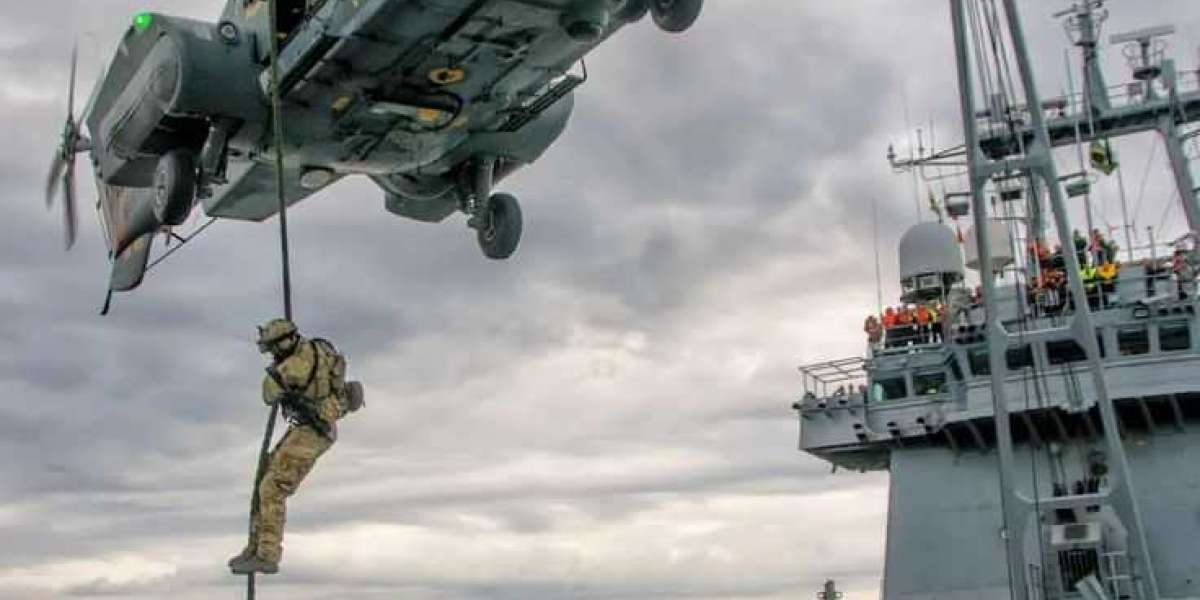In today’s complex geopolitical environment, every decision made at the Pentagon ripples far beyond U.S. borders. The US Department of Defense’s recent Pentagon moves highlight not just a shift in military tactics but also a recalibration of long-term defense strategies. From troop realignments and modernization efforts to strengthening alliances and tackling emerging cyber threats, the Department of Defense (DoD) is positioning the United States to meet the challenges of tomorrow with renewed agility.
A Strategic Pivot Toward Modernization
One of the most notable themes in recent Pentagon actions is modernization. The DoD has emphasized the importance of preparing for future warfare—where artificial intelligence, autonomous systems, and cyber operations play as significant a role as tanks and aircraft carriers. Funding allocations reflect this shift, with billions directed toward research in advanced technologies, space defense initiatives, and AI-driven intelligence systems.
These modernization efforts are not just about keeping pace with adversaries like China and Russia but also about ensuring U.S. dominance in multi-domain operations. By integrating technology across air, land, sea, space, and cyberspace, the Pentagon is building a more flexible and resilient military force.
Realignment of Troop Deployments
Another crucial development in the US Department of Defense’s recent Pentagon moves is the reassessment of troop placements worldwide. Instead of maintaining large, static forces in certain regions, the Pentagon is leaning toward rotational deployments and rapid-response units. This agile strategy allows the U.S. military to remain responsive to flashpoints while reducing vulnerabilities that come with long-term presence in volatile zones.
For instance, recent reports suggest heightened rotational forces in the Indo-Pacific region to counterbalance China’s growing influence. Simultaneously, adjustments in Europe aim to reinforce NATO’s eastern flank in response to evolving threats from Russia. These moves are a balancing act—demonstrating strength without escalating tensions unnecessarily.
Strengthening Alliances and Partnerships
Pentagon decisions increasingly underline the value of alliances. From NATO to Indo-Pacific partnerships, the DoD is doubling down on collective defense frameworks. Recent joint exercises with allies such as Japan, South Korea, and the Philippines underscore America’s commitment to regional security and deterrence.
This is particularly significant in the face of rising tensions in the South China Sea and Taiwan Strait. By reinforcing its partnerships, the U.S. ensures that deterrence is not a solo effort but a shared mission—a network of allies ready to respond collectively.
Addressing Cybersecurity and Emerging Threats
Perhaps one of the most urgent dimensions of the Pentagon’s recent agenda is cybersecurity. The growing sophistication of cyberattacks—whether targeting infrastructure, intelligence systems, or financial networks—has prompted the DoD to bolster its cyber defenses. Recent Pentagon moves include the establishment of specialized cyber units, partnerships with the private sector, and enhanced training programs.
This proactive approach acknowledges that wars of the future may not begin with bombs but with keystrokes. As such, the Pentagon is integrating cyber resilience into its broader national defense posture.
Balancing Conventional and Unconventional Warfare
While the focus is on modernization, Pentagon officials have stressed that conventional warfare readiness remains a priority. Deterring traditional military threats while preparing for unconventional challenges—from disinformation campaigns to biosecurity risks—requires a dual-track approach.
Recent defense strategies show how the DoD intends to balance these responsibilities, ensuring that the United States remains a global power capable of responding across the entire spectrum of conflict.
Implications for Global Security
The US Department of Defense’s recent Pentagon moves are not just about U.S. security; they reshape global defense dynamics. Allies take cues from American priorities, and adversaries recalibrate their strategies accordingly. By signaling commitment to modernization, alliances, and cyber resilience, the Pentagon is effectively redrawing the contours of global security competition.
Critics, however, warn that the ambitious agenda must be backed by sustainable budgets and bipartisan support at home. Without consistency in funding and political will, the long-term effectiveness of these strategic shifts could be undermined.
Looking Ahead
The world is watching closely as the Pentagon executes its latest moves. Whether it’s investing in next-generation technologies, strengthening military partnerships, or building cyber resilience, these decisions reflect a forward-looking approach to national security.
For the average citizen, these moves may feel distant. Yet, in an interconnected world, Pentagon strategies affect everything—from the stability of global markets to the safety of digital infrastructure. The DoD’s ability to adapt and innovate is not just a matter of defense—it’s a matter of global stability.
Conclusion
The US Department of Defense’s recent Pentagon moves illustrate a transformative moment in American defense policy. Modernization, agility, alliances, and cyber resilience form the backbone of these strategies, positioning the United States for both today’s challenges and tomorrow’s uncertainties.
As the Pentagon continues to refine its defense posture, one thing is clear: the decisions made today will define the security environment of the future. In a world of shifting powers and evolving threats, staying one step ahead is not optional—it’s essential.







